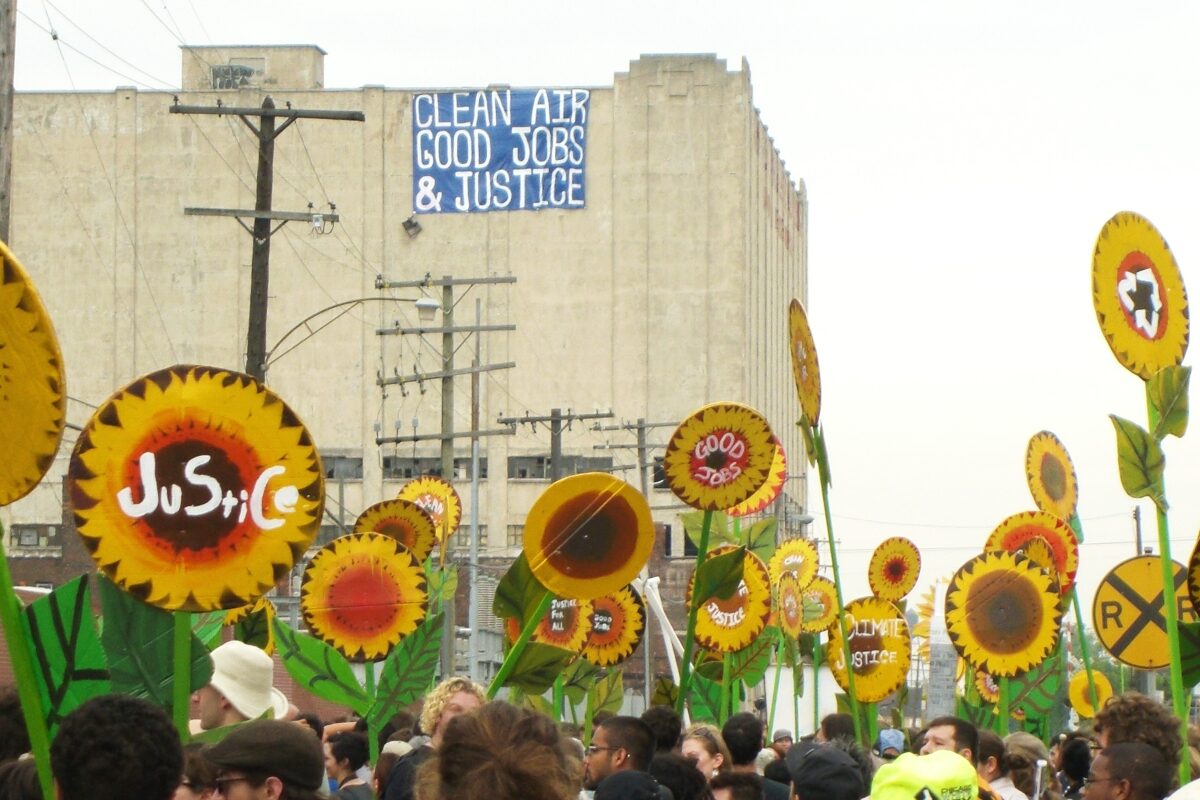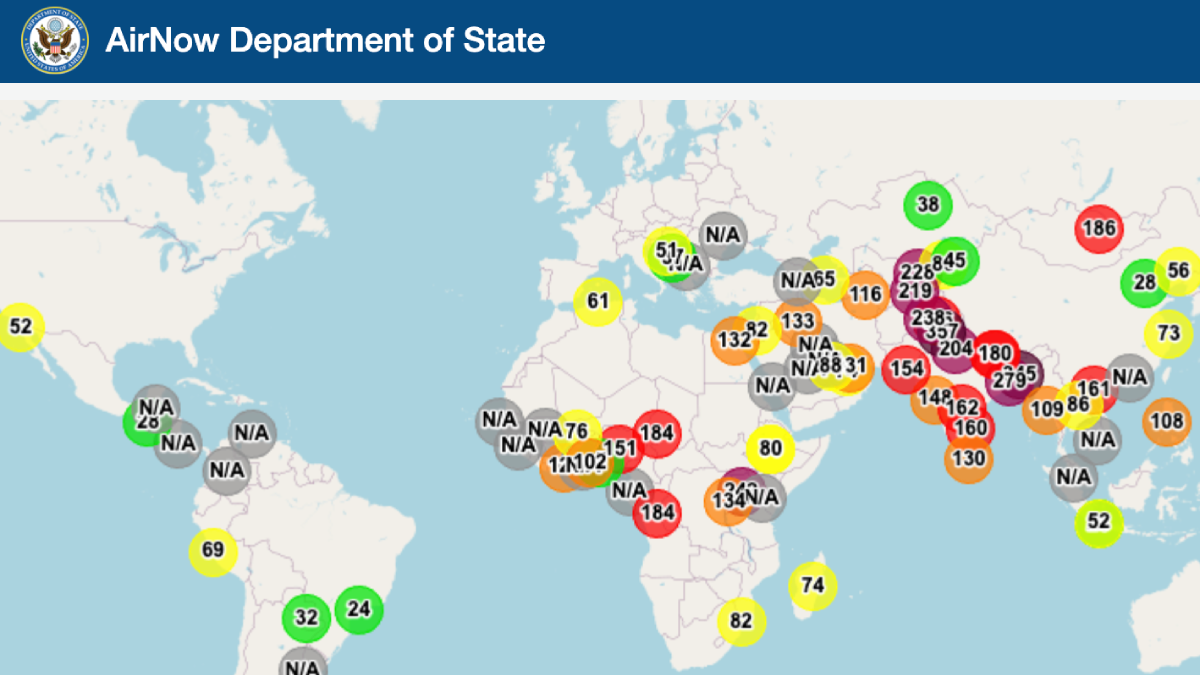The Mine Safety and Health Administration (MSHA), which works to protect U.S. miners from injury, illness, and death on the job, is among the latest federal agencies targeted for cuts by the Department of Government Efficiency (DOGE).
public health
Trump Administration Plans to Fire More Than 1,000 EPA Scientists
The Trump Administration plans to fire more than 1,000 scientists in the EPA’s research arm. The layoffs are part of a “reduction in force” that comes after the agency already fired hundreds of probationary workers. (A federal judge has since ordered that these employees be reinstated, and though the administration has complied, most of the workers have been placed on administrative leave.)
EPA Plans to Close Environmental Justice Offices, Leaving Communities to Face Pollution Alone
Yesterday, news broke that a memo from Lee Zeldin, the new administrator of the EPA, directed the agency to eliminate all offices that focus on environmental justice.
Food Insecurity Is Linked to Heart Disease and Diabetes in the United States
A new study examines the geographic and demographic connections between health and a lack of consistent access to food, finding that this link is particularly strong in the South.
Higher Ozone Levels Tied to Heart Attack Risk
For young adults, air pollution may increase risks of some kinds of heart attacks more than others.
Crowds Stand Up for Science Across the United States
Funding freezes, firings, and censorship have sent shockwaves through the science community since January. Scientists and supporters are standing up in defense.
The Interplay of ENSO and Immunity in Infectious Disease Outbreaks
El Niño and La Niña events can affect the spread of infectious diseases including cholera and dengue fever. The effects of some diseases may persist over several years.
Trump Administration Set to Backtrack on “Cancer Alley” Lawsuit
At AGU’s Annual Meeting 2024, activist Sharon Lavigne spoke about living in Louisiana, in what is commonly known as “Cancer Alley.” The 85-mile stretch along the Mississippi River is home to more than 200 industrial facilities, including the Denka Performance Elastomer plant, which uses chloroprene to manufacture synthetic rubber for products such as automotive parts, adhesives, and construction materials.
404: Air Quality Data from U.S. Embassies Removed
On 4 March, AirNow, the home of the U.S. Air Quality Index, shut down its webpage that reported data from air quality monitors at U.S. embassies and consulates around the world. Eos learned of the removal of these data from Dan Westervelt, a climate change and pollution scientist at Columbia University’s Lamont Doherty Earth Observatory in Palisades, New York.
Europe Faces Increased Heat Mortality in Coming Decades
Extreme temperature caused by unchecked climate change could claim 2.3 million lives in Europe by 2100, a new study warns.










